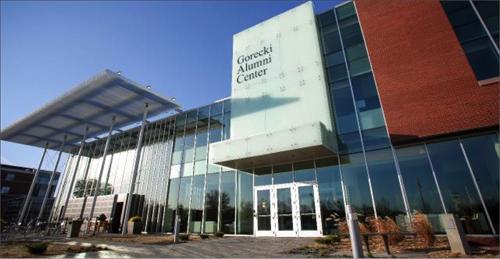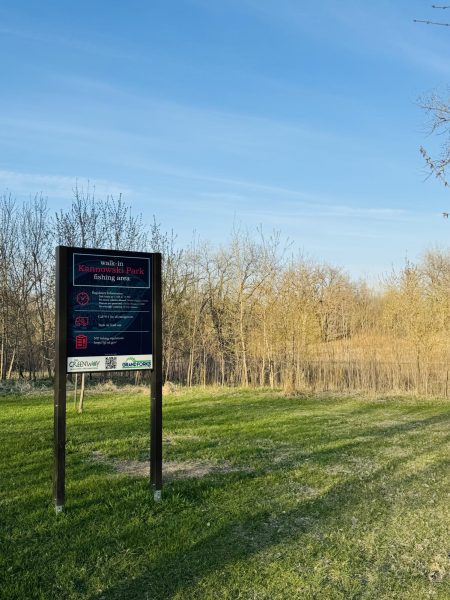Renewable energy must be campus wide

The Gorecki Alumni Center is powered by renewable energy. Now is the time for UND to run off renewable energy. Photo courtesy of ndtourism.com
The Gorecki Alumni Center is powered by renewable energy, particularly geothermal energy and solar energy, and is almost fully powered by reusable, renewable energy. It uses 44 percent less energy compared to a building of equal size, and utilizes 207 solar panels, saving $40,000 in the process.
We must ask ourselves two important questions. The first is how often have you set foot in the Gorecki Alumni Center, let alone ever? Do we even know how to pronounce the name of the building? Our second inquiry is whether we can replicate a process of using renewable energy throughout campus. A cost-benefit analysis can prove that using renewable energy to power our buildings is costly but will pay off in the long run, or in the Gorecki building’s case, the not so long run.
Obviously, now is not the time to be proposing new additions to our school as we struggle through a budget shortfall. However, it’s important to start discussing, as a school, how we can reduce our carbon footprint, which is likely to be significant. Plenty of recycling bins for paper, plastic bottles, aluminum cans, and other recyclables are spread around campus, but we must go further in our efforts. The last two apartments I’ve lived in have lacked recycling bins and it is up to the individual to request them from the city. We all know how college students put off tasks like that because it falls lower on our priority list.
Grand Forks and UND can work together to facilitate recycling and use renewable energy, particularly wind energy, solar — in our few months of sunlight — and geothermal. The costs, right away, will not be a favorable part of the program and must be modeled through a careful planning process to not waste money.
Renewable energy is not only feasible because of its future savings in reducing our carbon footprint; it is notable that plenty of tax breaks exist for colleges converting their energy from nonrenewable to clean. Savings are given through an investment tax credit that allows colleges and universities to cover the cost of equipment and its installation up to 30 percent of the total cost. Right off the bat, the university only effectively pays 70 percent of the cost.
Kent State University in Ohio has made the jump to clean energy, using an acre of solar panels to collect sunlight, helping to power the campus. Ball State University in Indiana has invested heavily in geothermal energy to replace coal powered boilers, which saves them over $2 million every year.
If these much smaller schools can lead the way into developing renewable power, then why can’t a bigger and better school help lead the way? Xcel Energy is even planning to double its current usage of wind and solar power, while planning to reduce emissions by over 40 percent in the next 15 years.
UND has a research facility called the Energy and Environmental Research Center, which is carbon emission free and conducts tests of the development of renewable energy in the community. The time is now for the rest of the UND campus and Grand Forks to get on board with the future of energy.
Zach Flaten is a staff writer for The Dakota Student. He can be reached at [email protected]











